Description
1. Botanical Profile:
-
Botanical Name: Anthurium andraeanum (most common species)
-
Common Names: Anthurium, Flamingo Flower, Laceleaf, Painter’s Palette
-
Family: Araceae (Arum family)
-
Native Region: Central and South America, especially Colombia and Ecuador
2. Physical Characteristics:
-
Leaves: Large, glossy, and heart- or arrow-shaped leaves. The deep green foliage adds a lush, tropical feel.
-
Flowers: The “flower” is actually a modified leaf called a spathe, typically red, pink, white, or purple, surrounding a spadix, which contains the actual tiny flowers.
-
Size: Typically grows to about 1.5 to 2 feet tall indoors; some varieties stay more compact.
3. Light Requirements:
-
Ideal Light: Bright, indirect light is best. Too little light reduces flowering, while direct sunlight can scorch the leaves and spathes.
-
Tolerates: Moderate light, but flowers less frequently in low light conditions.
4. Watering Needs:
-
Watering Schedule: Keep soil consistently moist but not soggy. Water thoroughly when the top inch of soil is dry.
-
Avoid: Overwatering or letting the plant sit in water—this can cause root rot.
-
Tip: Use room temperature, filtered or rainwater for best results.
5. Temperature & Humidity:
-
Ideal Temperature: Thrives in 18–27°C (65–80°F). Must be kept away from drafts and cold air.
-
Humidity: Prefers high humidity (60–80%). Benefits from regular misting or a humidifier.
-
Placement: Bathrooms or kitchens with filtered light are ideal due to higher humidity levels.
6. Soil & Potting:
-
Soil Type: Needs a well-draining, airy soil mix—orchid mix or a blend of peat moss, perlite, and bark is ideal.
-
Repotting: Repot every 1–2 years, preferably in spring, when the plant outgrows its container.
7. Fertilizing:
-
Frequency: Feed every 6–8 weeks during the growing season (spring to early fall).
-
Type: Use a balanced, water-soluble fertilizer diluted to half-strength.
-
Note: Excessive fertilizing may cause salt buildup and leaf browning.
8. Flowering:
-
Bloom Time: Can bloom year-round indoors, with peak blooming in spring and summer.
-
Spathe Colors: Most commonly red, but hybrids can be pink, white, purple, green, or even black.
9. Toxicity Warning:
-
Toxic to pets and humans if ingested. Contains calcium oxalate crystals, which can cause mouth irritation, swelling, drooling, and vomiting.
- Precaution: Keep out of reach of pets and small children.
10. Pests & Problems:
-
Common Pests: Can occasionally attract spider mites, mealybugs, aphids, and scale insects.
-
Solutions: Wipe leaves with a damp cloth and treat with neem oil or insecticidal soap if needed.
-
Other Issues: Yellowing leaves may indicate overwatering or poor drainage.
11. Benefits:
-
Air Purifying: Helps clean indoor air by removing pollutants like ammonia and formaldehyde.
-
Aesthetic Appeal: Adds color, texture, and a tropical flair to homes and offices.
-
Symbolism: Often associated with hospitality, happiness, and abundance—popular in feng shui.

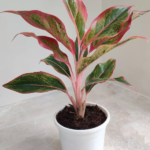
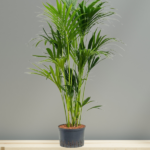
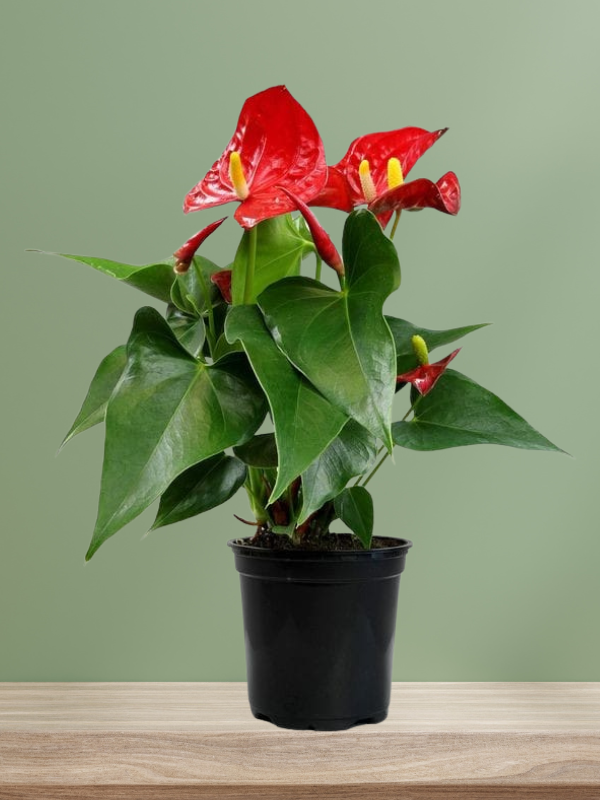
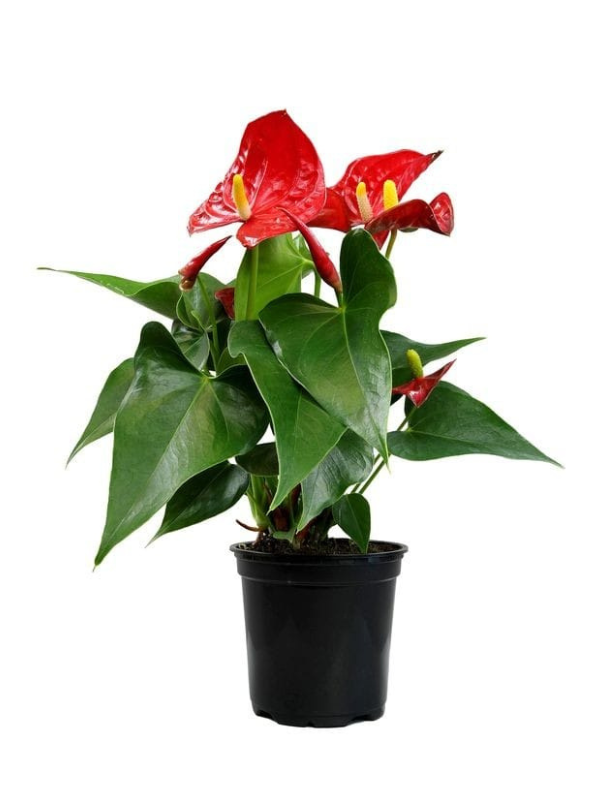
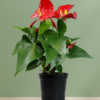
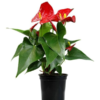
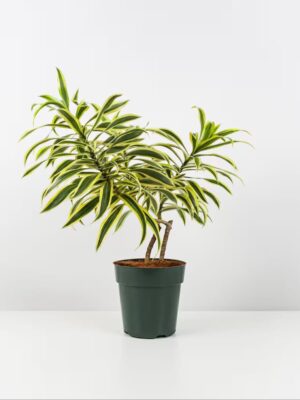
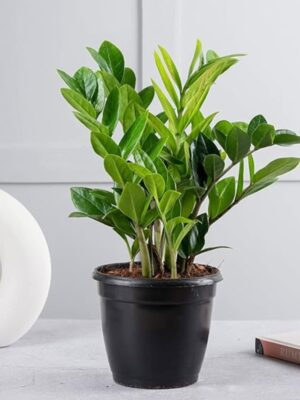
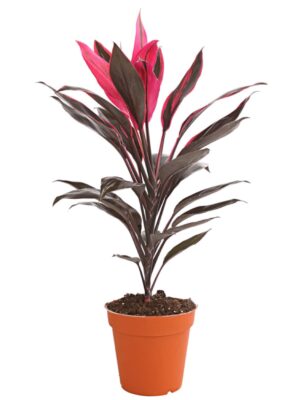
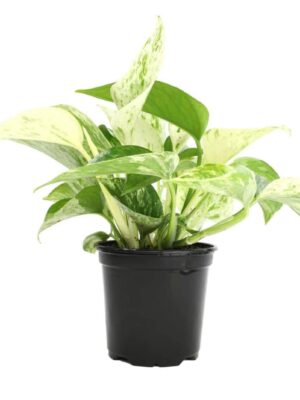
Reviews
There are no reviews yet.